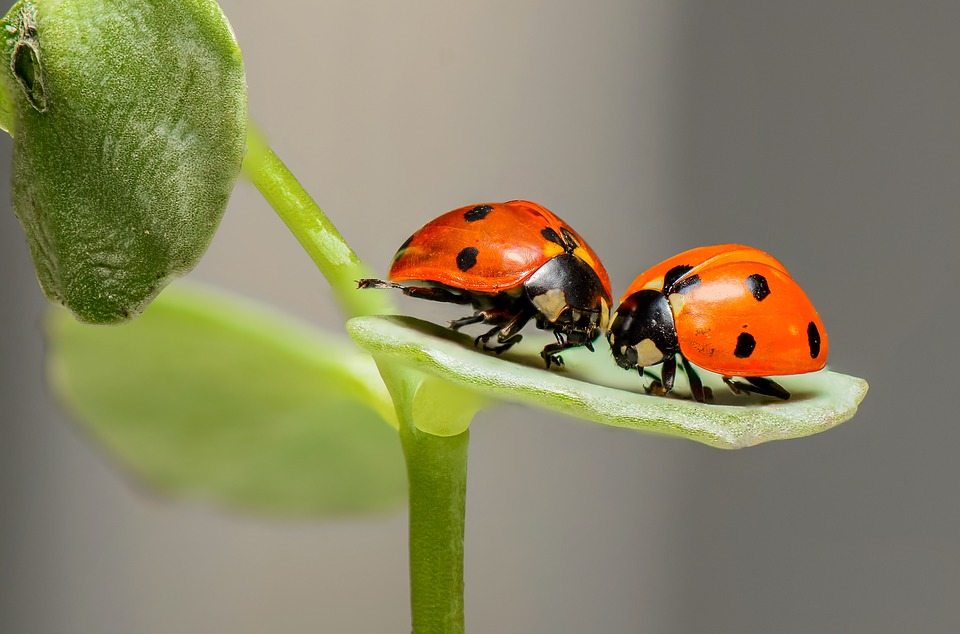Generally speaking, much like humans, the male of the insect species uses his sex organ to deposit sperm into the female’s genital tract spurring on internal fertilization. There are some standout cases where males and females make no contact at all.
Wingless Insects – The primitive insect order (Apterygota) relies on an indirect method of sperm transfer to its mate. There is no insect-to-insect contact. The male deposits a sperm packet, called a spermatophore, on the ground. For fertilization to occur, the female must pick up the spermatophore. Some male springtails go to great lengths to encourage a female to pick up his sperm. He may nudge her toward his spermatophore, offer her a dance or even impede her path away from his sperm offering. Silverfish males attach their spermatophores to threads and sometimes bind their female partners to force them to accept their sperm package.

Winged Insects – It seems most of the world’s insects (Pterygota) mate directly with the male and female genitalia coming together, but first, the couple must find each other and agree to mate. The winged insects have a unique sex organ for the task. After a successful courtship, copulation occurs when the male inserts part of his penis, also known as an aedeagus, into the female’s reproductive tract. First, the male extends its penis from his abdomen. Then, he extends his penis further with an inner, elongated tube called the endophallus. This organ acts like a telescoping penis. This extension feature enables the male to deposit his sperm deep within the female’s reproductive tract.
Everlasting Sperm – Depending on the species, a female insect can receive sperm in a special pouch or chamber, or a spermatheca, a storage sac for sperm. In some insects, such as honey bees, the sperm remains viable for the remainder of her life in the spermatheca. Special cells within the spermatheca nourish the sperm, keeping them healthy and active until needed. When bee’s egg is ready for fertilization, sperm is pushed out of the spermatheca. The sperm then meets and fertilizes the egg.














